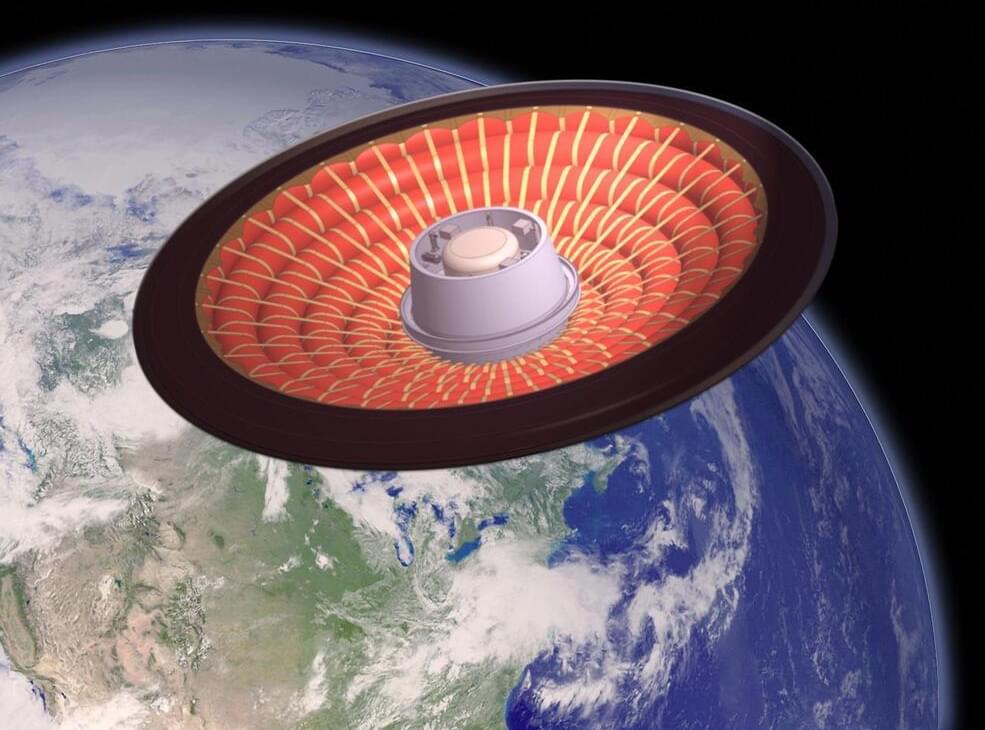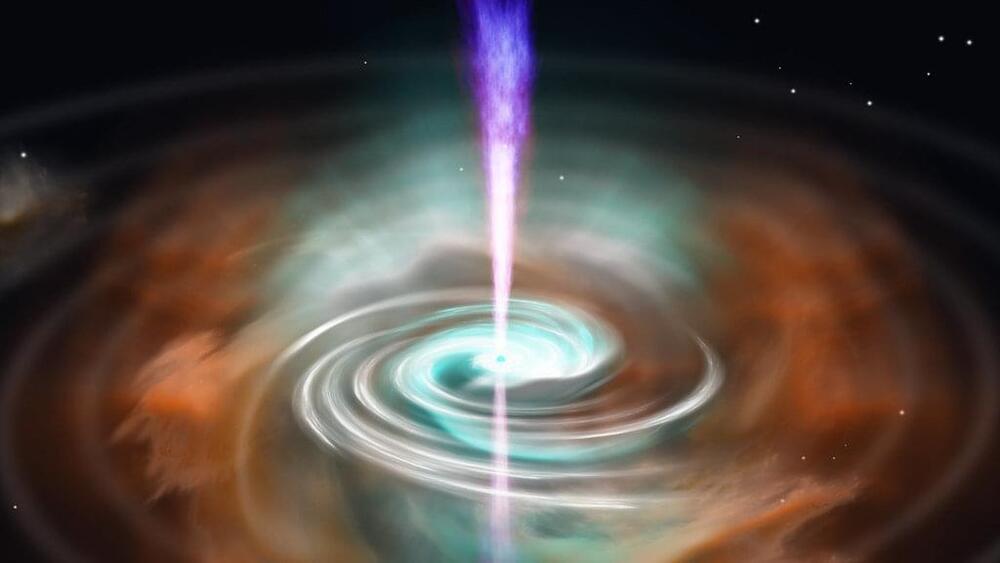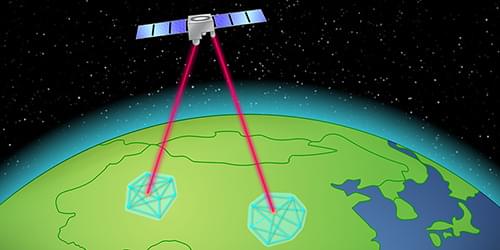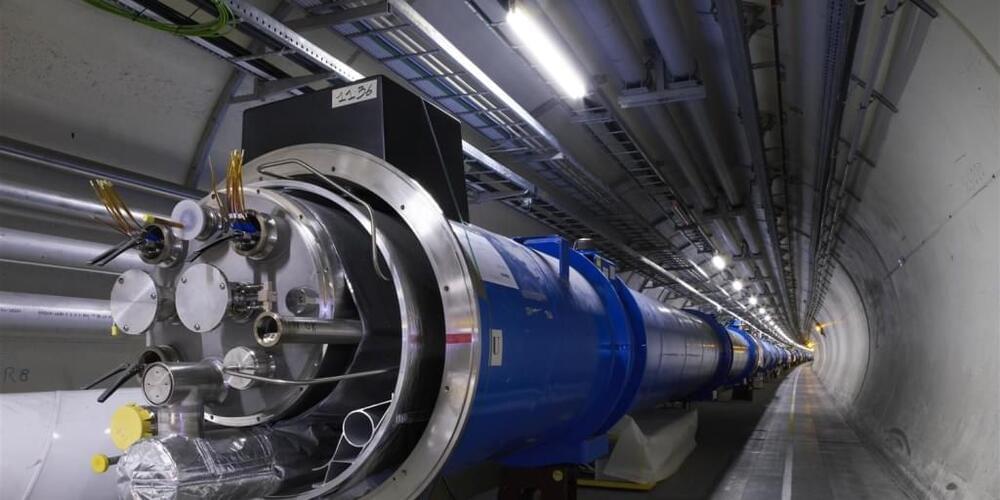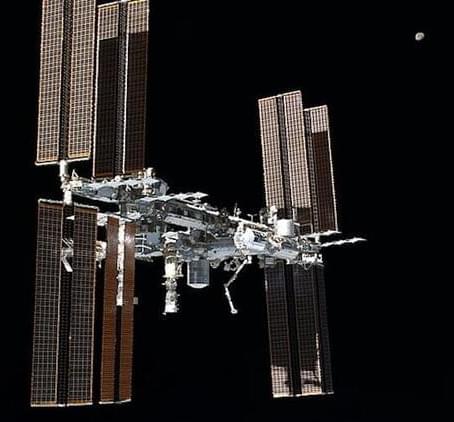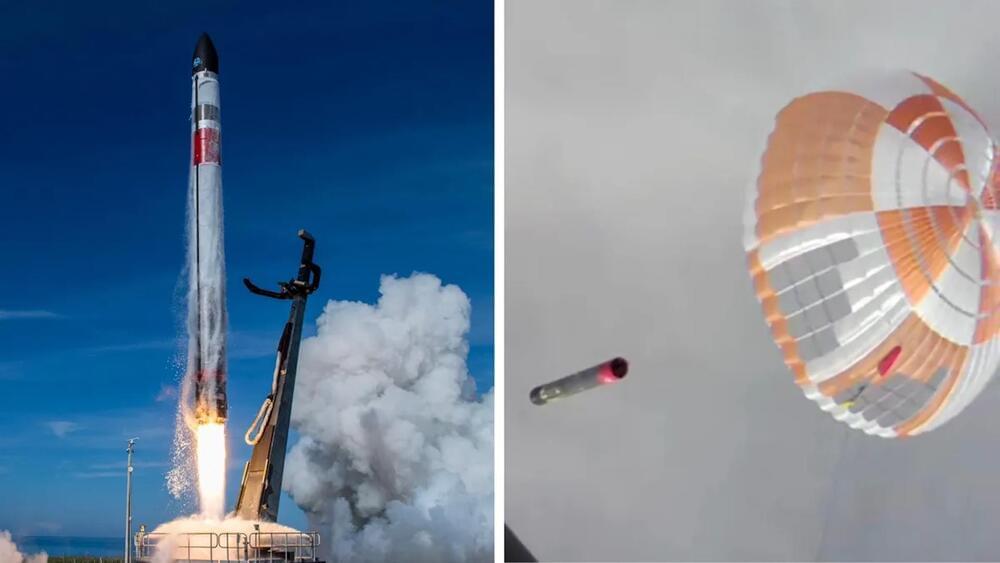Nov 15, 2022
A US company just deployed world’s largest communication satellite
Posted by Gemechu Taye in categories: internet, satellites
The 693-square-foot array is designed to provide 5G broadband connectivity directly with cellular devices via 3GPP standard frequencies.
Bluewalker 3 satellite, a test satellite by Texas-based firm AST SpaceMobile deployed its largest commercial communications array ever flow in space, in low Earth orbit, the company announced on Monday. The satellite was launched on a SpaceX Falcon 9 rocket in September, Interesting Engineering.
Continue reading “A US company just deployed world’s largest communication satellite” »



